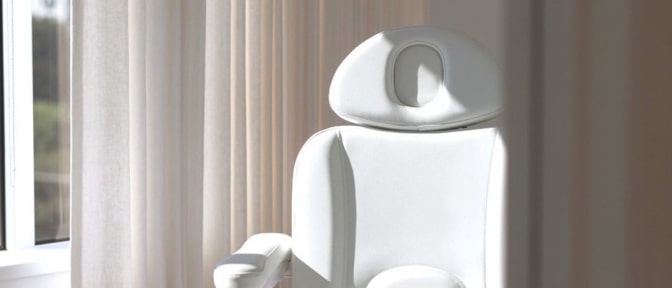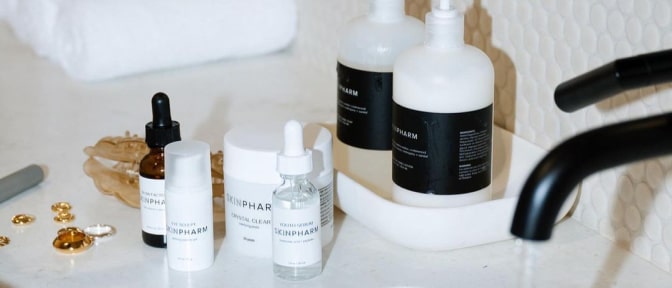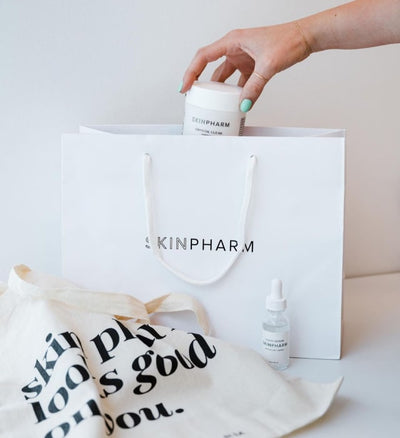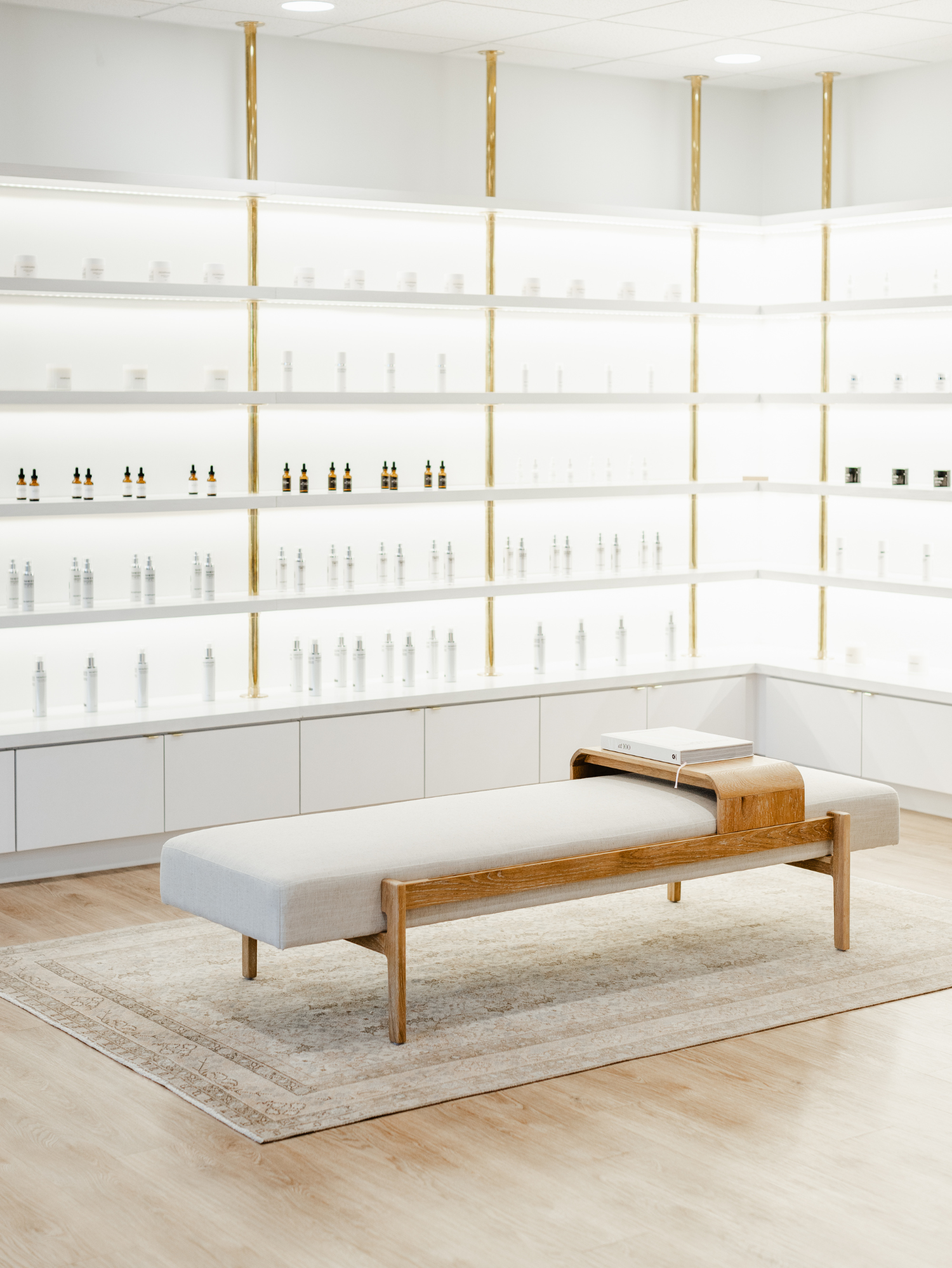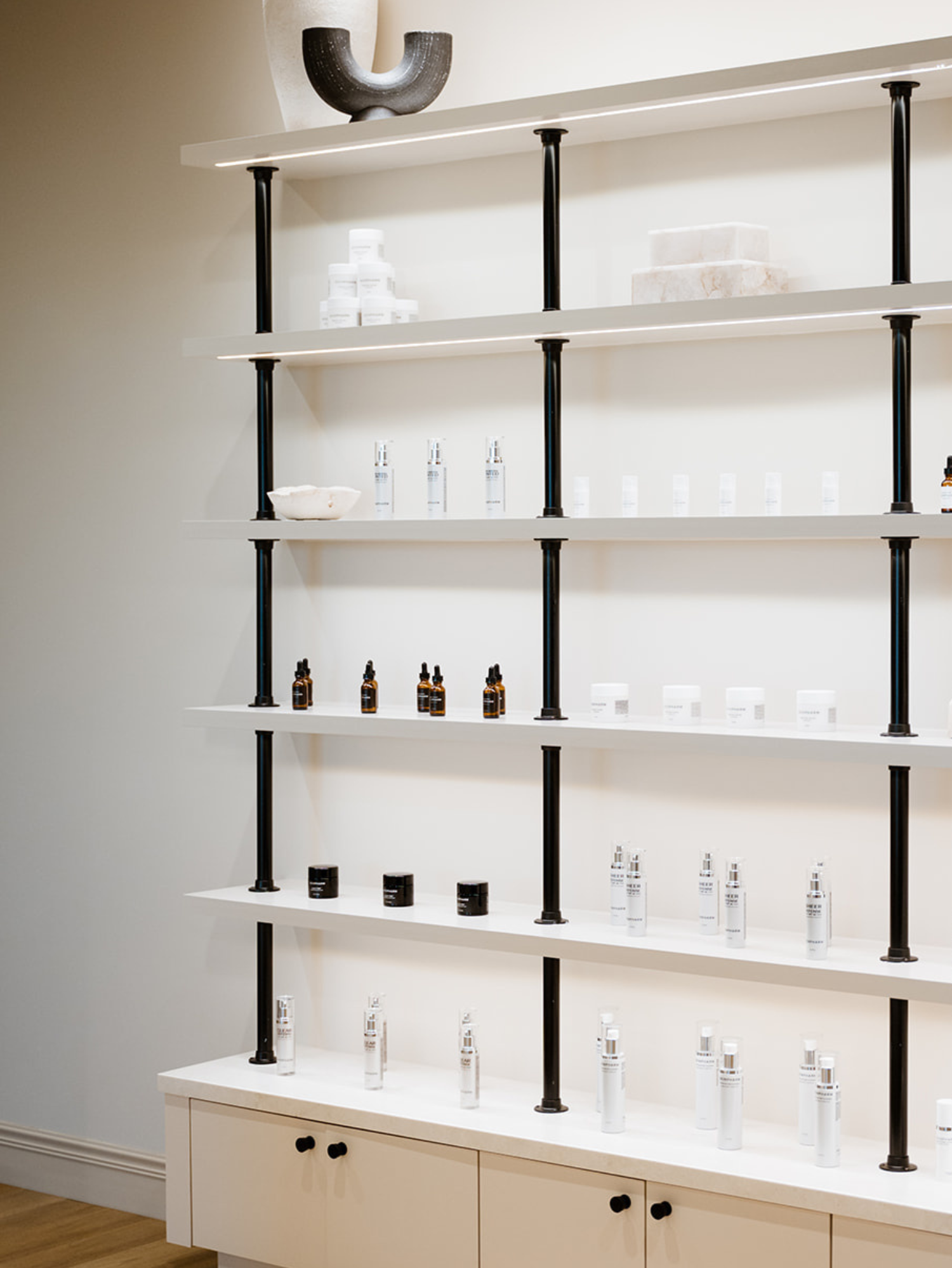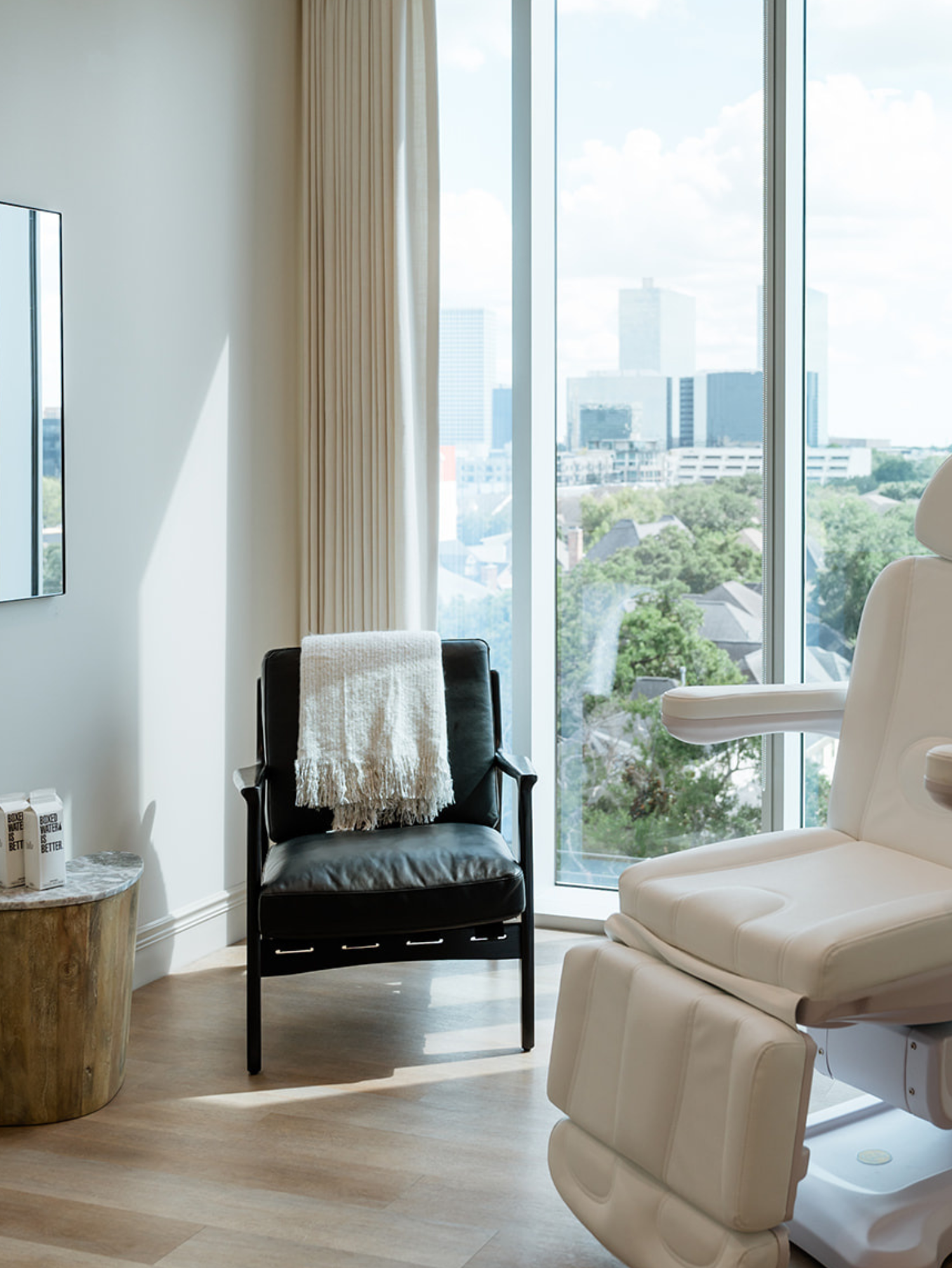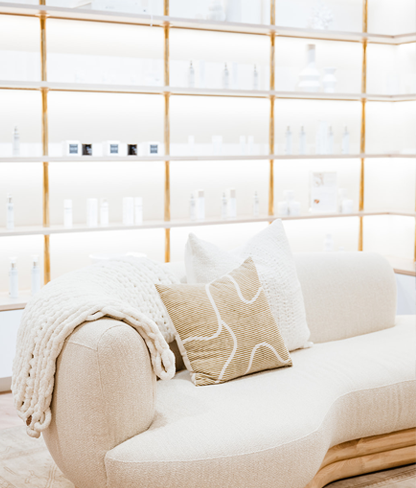Shop skin care
Clinics
VISIT OUR 9 CLINICS →
HOURS
Monday – Friday
9:30a – 5:30p
Premature Aging: 3 Signs to Look For

Aging is a fact of life. But when it comes to our skin, there are specific things we can do to keep our skin looking younger for longer.
Recognizing the signs of premature aging can help you assess and adjust your skin care routine to help support your skin through the different stages of life. Let’s discuss three common signs of aging and what you can do about them.
What are common signs of premature aging?
When you think of aging, you may think of hair loss, enlarged blood vessels or cataracts. However, the first visible signs of aging often occur in the skin.
While there are many ways that the skin can change as it ages, there are three prominent signs of premature aging that you may want to specifically look out for.
1. Sagging skin
Our skin is made up of multiple layers, each performing unique jobs while also working together to keep us safe. However, of the many components that make up the skin, none is more vital to the aging process than collagen.
Collagen is the most abundant protein throughout the body. While it does many things, collagen is primarily known for its ability to provide structural support. Alongside elastin, collagen can help keep skin looking plump, smooth, and youthful. However, losing collagen can also lead to our first sign of premature aging — sagging skin.
2. Dark spots
Dark spots, also known as age spots or sun spots, can be another sign of premature aging. These spots are all formed by the same process: an increase in melanin (or pigment) in the skin.
Melanin is the same pigment responsible for skin color, tans and freckles. These spots often occur in clusters, most often on the cheeks, and can continue to darken over time.
3. Fine lines and wrinkles
While many of the lines on our faces come from happy occasions where we smile and laugh, they can also cause many people significant stress and concern. While they may be part of the normal aging process, they might show up prematurely due to stress or sun exposure.
What causes premature signs of aging?
So, what causes these changes to the skin?
Although there are a lot of factors at play, one likely culprit is long-term sun damage. Ultraviolet light can put the normal aging process into overdrive. As a result, the skin breaks down collagen more quickly, loses elasticity and stimulates melanin production.
Specifically, these signs are related to something known as free radical damage. Over time, as the UV rays from the sun impact the skin, they can create molecules that are missing an electron.
These molecules (called free radicals) roam around the body looking for an extra electron, which they are constantly trying to steal from other molecules. If they’re successful, this can cause instability in your skin cells, leaving them more susceptible to premature skin aging.
This damage is called oxidative stress, and it can even cause DNA damage if it’s not addressed. Unfortunately, going to the tanning bed isn’t any safer — these beds still use ultraviolet radiation to achieve their effects.
However, as we age, our natural collagen production also starts to decline on its own. This loss of collagen structure can also affect the way our skin looks and feels, contributing most specifically to the earlier appearance of fine lines and wrinkles.
The older we get, the more obvious this collagen loss becomes. Combined with a loss of overall skin elasticity, the skin can become noticeably less and less resilient — but it doesn’t always have to be a foregone conclusion.
How can skin care help with premature aging?
There are multiple ways that skin care can help manage the signs of premature aging, depending on the specific signs that you notice. Here are a few skin care products that can help address these age-related skin concerns.
Exfoliants
The sooner you recognize dark spots and fine lines, the quicker you can act to fade their appearance. Exfoliating retinoids such as retinol can help slough away dead skin cells and brighten the skin, which can help address the appearance of many signs of aging.
Professional chemical peels can give your skin a reset. These treatments use the same chemical exfoliants as your nightly skin care routine, but they are much more concentrated, allowing them to remove even more dead skin cells and support skin wellness.
These OTC and in-office treatments make use of potent ingredients like antioxidants to encourage the skin’s normal renewal process. That’s not the only way skin care can help fade visible signs of premature aging, though.
Sunscreen
Minimize your sun exposure by wearing sunscreen, which can help protect your skin from the visible signs of photoaging. Look for a sunscreen that has an SPF of at least 30, protects against both UVA and UVB rays and is water-resistant. Reapply at least every two hours or more often if you are in the water or sweating.
Moisturizer
It’s also important to make sure your skin is hydrated from the inside out. Dry skin shows fine lines and wrinkles more obviously than moisturized skin and can also look less radiant and even-toned.
Finding the right topical hydration (which takes your specific skin type and needs into account) is crucial. For instance, a lightweight moisturizer may just cause itchy skin for those with dry skin types, while an occlusive moisturizer may cause breakouts on oily skin.
Skin treatments
If your fine lines and wrinkles are deep or noticeable enough that you want to take a more active approach, cosmetic injectables may be just the thing. Depending on the type of wrinkles you have (static vs. dynamic), Botox or dermal filler — or a combination of both — can help smooth out and fill in your skin to make them less noticeable.
This isn’t a permanent fix, however, as you will need occasional refreshers to keep up with your results. Ask your skin care provider for more specific guidance or to schedule a skin consultation to discuss your options.
If you notice any new spots on your skin, you may want to consult with your dermatologist or primary healthcare provider, as this could be a sign of a much more serious skin issue.
The bottom line…
Aging happens to everyone, but caring for your skin in the right ways can help you prevent visible signs of premature aging. When you know what to look for, you can take action quickly to keep your skin looking young, hydrated and radiant for as long as possible.
SOURCES:
Anatomy, Skin (Integument), Epidermis | PubMed
Skin collagen through the lifestages: importance for skin health and beauty | ParJournal
Making an epidermis | PMC
